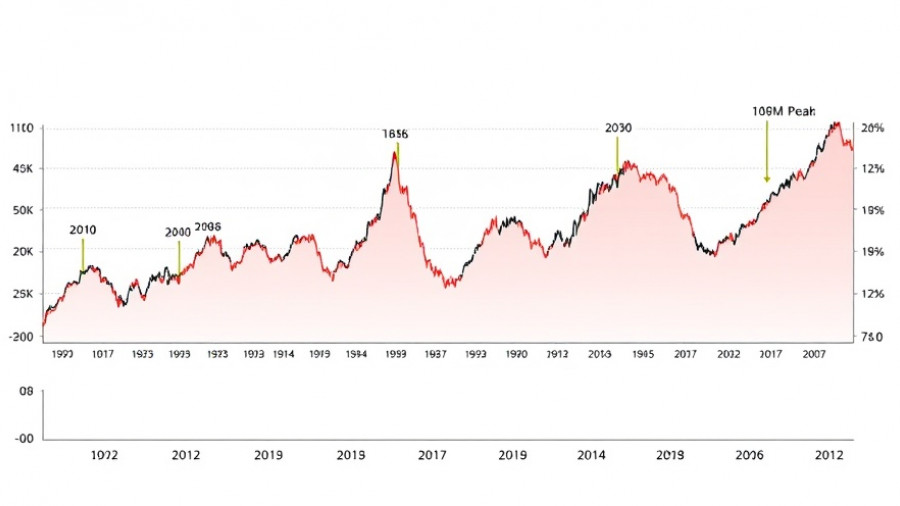
Understanding Vacancy Gaps and Their Impact on Returns
In the world of real estate investments, vacancy gaps can be a silent profit killer. These gaps arise when rental properties remain unoccupied for extended periods, leading to lost revenue that can significantly impact overall returns. For investors, especially those relying on rental income as a primary source of cash flow, understanding and managing these vacancies is crucial to safeguarding their portfolios.
Identifying Common Causes of Vacancy Gaps
Several factors contribute to vacancy gaps, including seasonal trends, lack of marketing efforts, and ineffective property management. For example, in markets with fluctuating demand, properties may sit empty longer than expected, causing financial strain. By recognizing these factors early, investors can adjust their strategies, from enhancing marketing initiatives to improving property upkeep, ensuring homes remain appealing to potential tenants.
Strategies to Minimize Vacancy Risks
To combat vacancy issues, real estate investors can employ several effective strategies. First, ensuring competitive pricing can attract renters quicker, especially in a market saturated with options. Additionally, focusing on tenant retention by providing incentives for lease renewals can reduce turnover. Also, utilizing platforms that streamline and enhance property visibility can make a significant difference, ensuring investors maximize their income potential.
Financial Institutions' Role in Mitigating Vacancy Losses
For financial institutions and service providers, understanding the dynamics of vacancy gaps can create opportunities for better investment advice and support services. By providing insights and tools tailored to real estate investors, institutions can help clients navigate the complexities of property management, ultimately supporting stronger financial outcomes.
Conclusion: Take Action to Secure Your Returns
In conclusion, vacancy gaps are an often-overlooked risk that can undermine real estate investments. Understanding their impact and implementing proactive strategies can significantly boost profitability. Investors and financial advisors should prioritize finding solutions to mitigate these gaps, maximizing returns and promoting financial stability in real estate portfolios.
 Add Row
Add Row  Add
Add 




Write A Comment